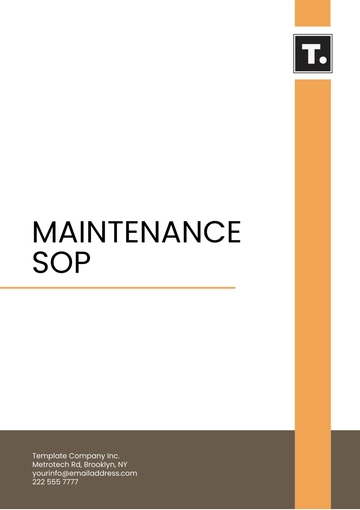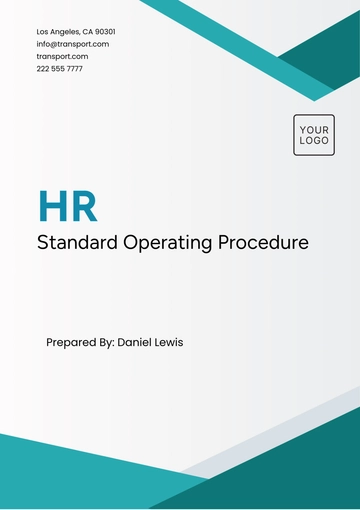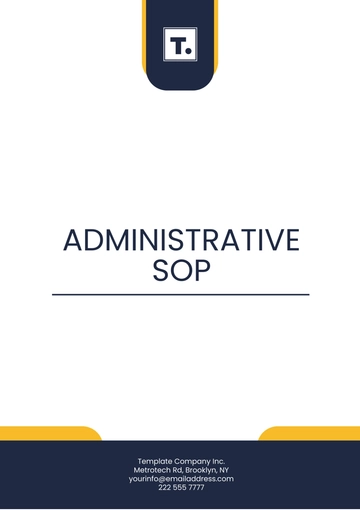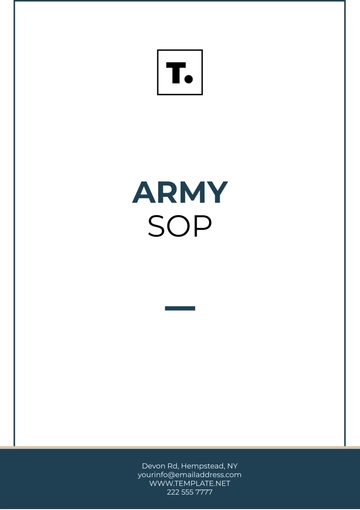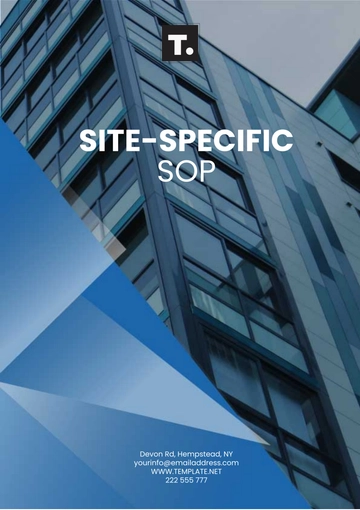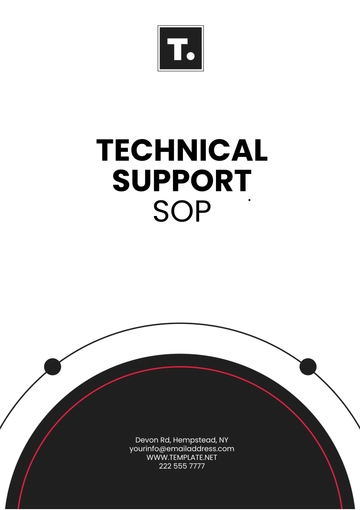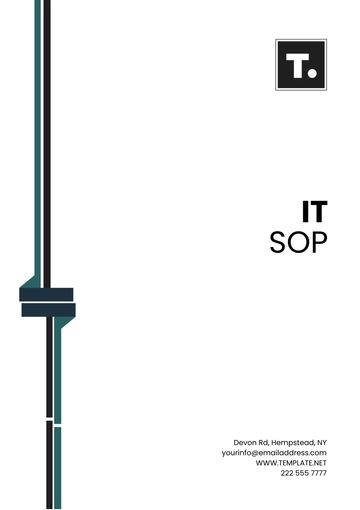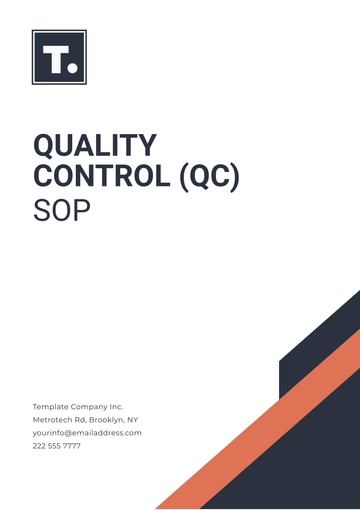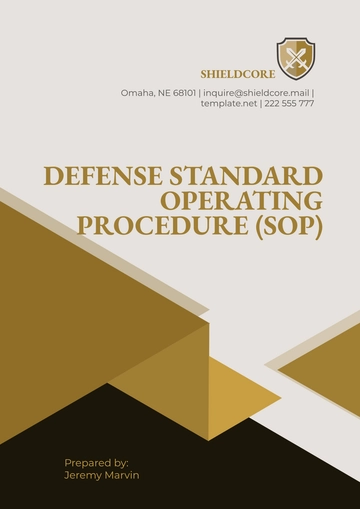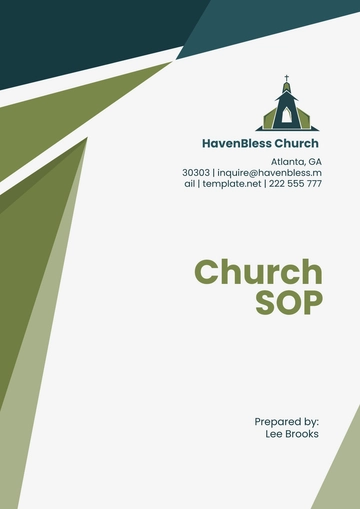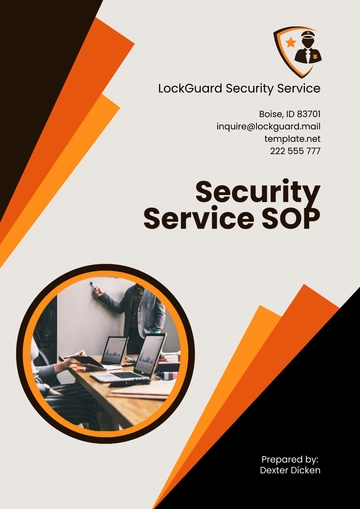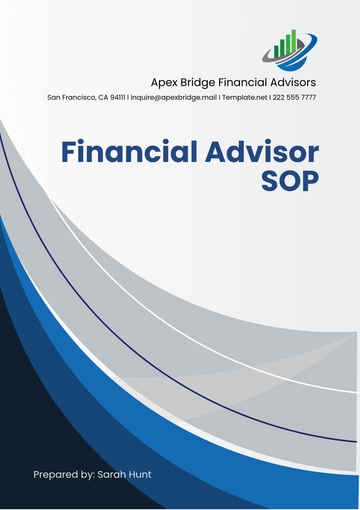Free School Safety SOP
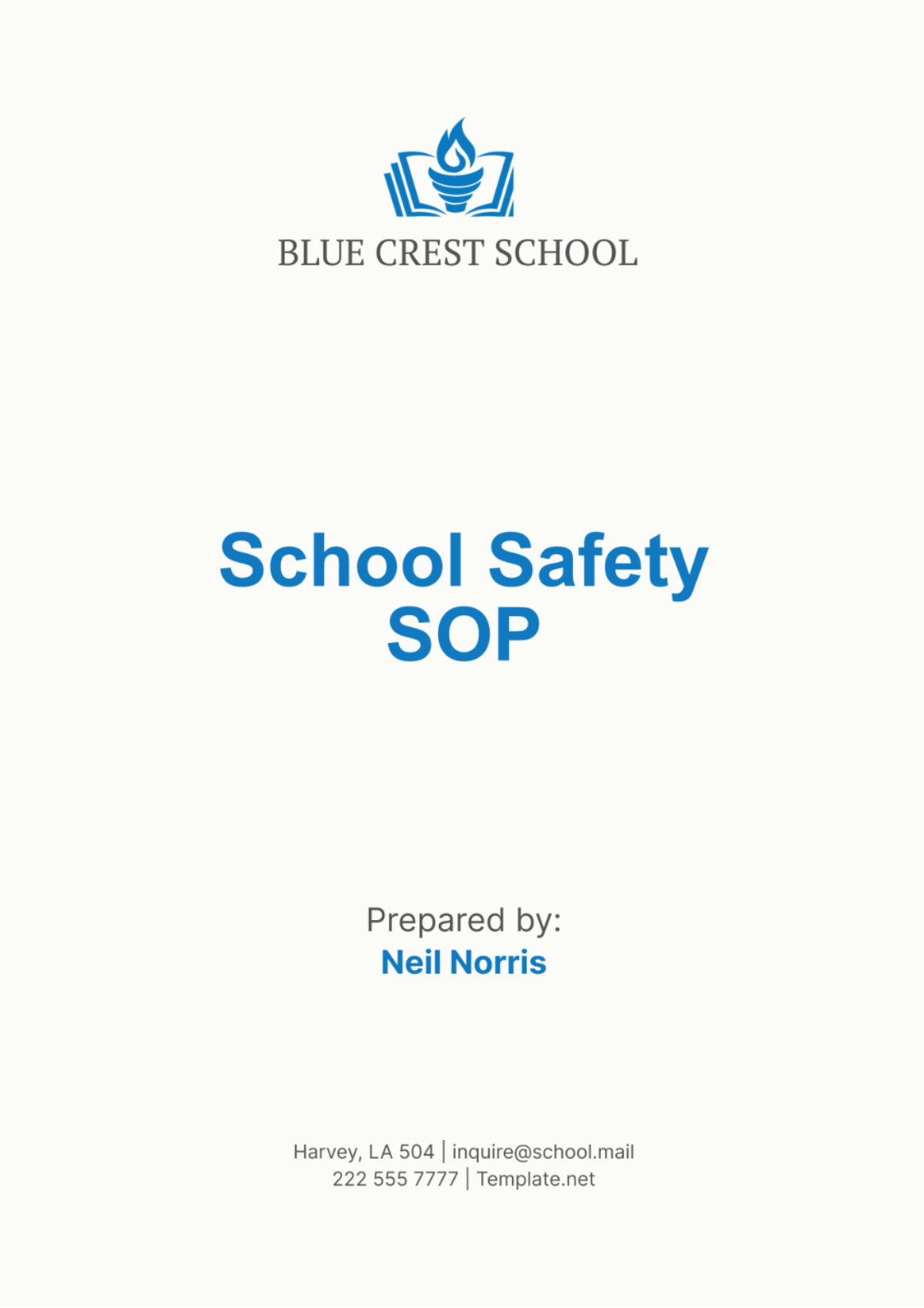
I. Purpose
The School Safety Standard Operating Procedures (SOP) aim to establish clear guidelines and protocols for ensuring the safety and well-being of all students, staff, and visitors within the premises of [Your Company Name]. These SOPs are designed to provide a systematic approach to handling emergency situations, such as natural disasters, medical emergencies, or security threats, in a prompt and effective manner.
They outline the roles and responsibilities of school personnel during emergencies, ensuring a coordinated response to mitigate risks and minimize harm. Additionally, the SOPs serve as a reference tool for training staff and educating students on safety procedures, enhancing overall preparedness and response capabilities. They also facilitate compliance with regulatory requirements and standards related to school safety, promoting a safe and secure learning environment for everyone.
II. Scope
This SOP applies to all students, staff, and visitors within the premises of [Your Company Name], ensuring their safety and well-being at all times. It includes all areas of the school, such as classrooms, hallways, playgrounds, parking lots, and any off-site locations where school activities take place.
This document is in effect during regular school hours, as well as during any school-sponsored events or activities, to ensure a consistent approach to safety management across all scenarios. It covers various emergency situations, including fires, natural disasters, medical emergencies, and security incidents, outlining specific protocols for each scenario. Compliance with this SOP is mandatory for all individuals present on school grounds to uphold the highest standards of safety and security.
III. Definitions
This section defines key terms used throughout the School Safety Standard Operating Procedures (SOP) to ensure clarity and consistency in understanding and application.
Term | Definition |
|---|---|
Emergency | Any situation that poses an immediate risk to health, life, property, or the environment. |
SOP | Standard Operating Procedure. |
Evacuation | The organized and systematic relocation of individuals from a dangerous area to a place of safety. |
Lockdown | The secure confinement of individuals within a building or area to protect them from a threat. |
Shelter-in-Place | The strategy of seeking shelter indoors to protect individuals from external hazards. |
IV. Roles and Responsibilities
The Roles and Responsibilities section of the School Safety Standard Operating Procedures (SOP) delineates the duties of various stakeholders in ensuring a safe environment.
Role | Responsibilities |
|---|---|
School Administration | The school administration plays a pivotal role in ensuring the safety and security of the school community. They are responsible for developing and implementing comprehensive safety protocols that address potential hazards and emergencies. This includes coordinating with relevant stakeholders to ensure that safety procedures are effectively communicated and understood. Additionally, the administration is tasked with organizing and conducting regular safety training programs for both staff and students to enhance preparedness. They are also responsible for overseeing the implementation of safety drills and conducting evaluations to identify areas for improvement and ensure compliance with safety standards. |
Teachers and Staff | Teachers and staff are on the front line when it comes to ensuring the safety of students during emergencies. It is their responsibility to be familiar with the school's safety protocols and emergency procedures and to ensure that students are aware of and adhere to these protocols. During emergency situations, teachers and staff are expected to guide and protect students, keeping them calm and ensuring their safety until help arrives. They are also required to participate in scheduled safety training and drills to enhance their preparedness and response capabilities. |
Students | Students play a crucial role in maintaining a safe school environment by following instructions from teachers and staff during emergencies. It is important for students to be familiar with the school's safety protocols and to actively participate in safety drills and training sessions conducted by the school. By following these protocols and actively participating in safety initiatives, students contribute to creating a safer learning environment for themselves and their peers. |
Visitors | Visitors to the school premises are expected to adhere to all safety protocols and procedures while on school grounds. This includes following any instructions given by school staff during emergencies and cooperating with staff to ensure the safety of themselves and others. Visitors should be aware of emergency exits and evacuation routes and comply with any directives given by school staff in the event of an emergency. |
These roles and responsibilities are essential for maintaining a safe and secure learning environment for all individuals within the school community.
V. Emergency Procedures
This section outlines the specific roles and responsibilities related to natural disasters, medical emergencies, and security threats within the school premises.
Category | Responsibilities |
|---|---|
Natural Disasters | In preparation for natural disasters, it is essential to identify safe locations within the school premises where students and staff can take shelter. Regular drills should be conducted to ensure that everyone is familiar with emergency procedures. Coordination with local authorities and emergency services is crucial to ensure a timely and effective response to natural disasters. |
Medical Emergencies | Schools should identify trained personnel, such as nurses or designated staff members, who can handle medical emergencies. First aid kits and Automated External Defibrillators (AEDs) should be maintained in accessible locations throughout the school. A protocol should be established for contacting emergency medical services in the event of a medical emergency. |
Security Threats | To address security threats, schools should develop a lockdown procedure that outlines how to secure the premises in the event of a threat. Staff and students should be trained on recognizing and responding to suspicious activities. Schools should also coordinate with local law enforcement to implement security measures and respond effectively to security threats. |
These guidelines are essential for ensuring the safety and well-being of students, staff, and visitors in the face of natural disasters, medical emergencies, and security threats.
VI. Training and Education
The School Safety Standard Operating Procedures (SOP) include regular training sessions to educate staff and students on safety protocols and emergency procedures. These sessions are designed to ensure that all stakeholders are well-prepared to respond to emergencies effectively.
Training Session | Details |
|---|---|
Emergency Response | Training will cover the appropriate responses to various emergency situations, including natural disasters, medical emergencies, and security threats. This includes evacuation procedures, sheltering protocols, and communication strategies. |
First Aid and CPR | Staff and students will receive training in basic first aid techniques and cardiopulmonary resuscitation (CPR). This includes identifying and treating common injuries, performing CPR, and using automated external defibrillators (AEDs). |
Evacuation Procedures | Training will focus on the safe and orderly evacuation of the school premises in the event of an emergency. This includes identifying evacuation routes, assembly points, and procedures for assisting individuals with disabilities. |
These regular training sessions are essential for ensuring the safety and well-being of all individuals within the school community.
VII. Compliance and Review
The SOP will be reviewed annually to ensure compliance with regulatory requirements and incorporation of improvements. The review will be conducted by the Safety Committee of [Your Company Name].
Compliance and Review Process | Details |
|---|---|
Review Frequency | The SOP will be reviewed annually to ensure compliance with regulatory requirements and to incorporate any necessary improvements. This regular review process helps to ensure that the SOP remains current and effective in addressing potential hazards and emergencies. |
Reviewing Body | The review will be conducted by the Safety Committee of [Your Company Name], which is composed of representatives from various departments and is responsible for overseeing safety protocols and procedures within the school. The Safety Committee will evaluate the SOP to ensure that it meets regulatory requirements and addresses the specific needs of the school community. |
Incorporation of Improvements | Any necessary improvements identified during the review process will be incorporated into the SOP. This may include updating procedures, enhancing training programs, or implementing new safety measures to address emerging threats. By continuously improving the SOP, the school can enhance its overall safety and preparedness for emergencies. |
This compliance and review process is essential for ensuring that the SOP remains effective in promoting a safe and secure environment for all individuals within the school community.
VIII. Contact Information
For any issues or concerns regarding this SOP, please contact:
Email: [Your Company Email]
Phone: [Your Company Number]
- 100% Customizable, free editor
- Access 1 Million+ Templates, photo’s & graphics
- Download or share as a template
- Click and replace photos, graphics, text, backgrounds
- Resize, crop, AI write & more
- Access advanced editor
Ensure the safety of your school with the School Safety SOP Template from Template.net. This fully customizable and editable template is designed to meet the unique needs of the education sector. Easily editable in our Ai Editor Tool, it ensures comprehensive safety protocols. Perfect for marketing professionals, streamline your processes and promote a secure learning environment today!




